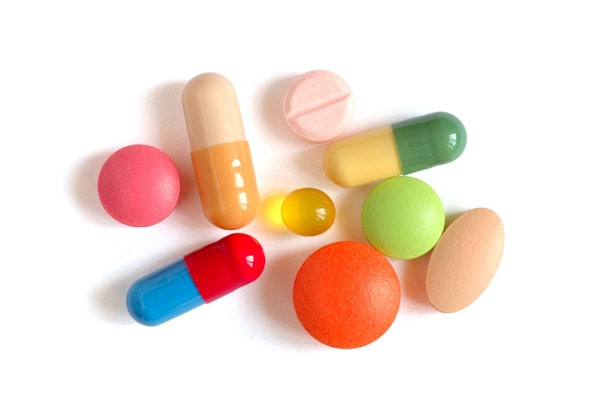Drugs on demand: Could 3D-printing change the future of pharmaceuticals?
From our sex, drugs and rock 'n' roll issue, DigitasLBi strategy director David Carr explores the possibilities around 3D printing drugs.

The digital industry has a tendency towards hype. From the obligatory ‘world’s first’ of every award entry, to the buzz around the new, next Facebook whose programmaticmonetising cookies will be around longer than their user base, we are forever announcing the latest paradigm shift.
But some things are worth the hype, and more.
At the beginning of August the FDA announced it had approved Spritam, the first 3D printed pill for use in the human body. Aprecia Pharmaceutical’s new product is actually an off-patent epilepsy drug, but its new MIT-created 3D printing manufacturing method allows for a precise, uniform and high dose in a small tablet.
This tablet dissolves faster than a liquid because its porous form is made from 3D printed, thin layers of powdered drug interspersed with liquid droplets – a technology known as ZipDose, also licensed by Aprecia from MIT but in the late 80s.
This new way of creating pills and tablets has advantages, such as creating higher dose single pills and pyramid shapes that release drugs more rapidly than traditionally manufactured cylinders, but what makes it so special? How is it different from 3D printing of a titanium jaw or the realisation of William Gibson’s 90s vision of 3D printer as teleport when Nasa emailed a ratchet wrench to the International Space Station?
I would argue that the FDA announcement is part of a nodal point. Along with other indications, such as the blockchain influencing the reworking of fintech, the ruling is one of the weak signals of a great change in society, culture and economics.
Why? Because health is difficult. Despite daily news about fitness and vitals tracking apps, the technological transformation of health has lagged – indeed it is still in the throes of moving from paper to electronic records.
Things take a lot longer in health. It is not the disruptive neo-Victorian sharing economy artificially running up monthly active users (MAUs) in the hope of a rapid IPO and exit (and let others work out how to make a profit). Health is a complex adaptive system riven with wicked problems. It has HIPAA (the federal Health Insurance Portability and Accountability Act) and tough regulators even Uber could not run over, as personal genomics company 23andMe found out first time around.
Getting approval for such a technology in such an environment is impressive. But what is equally impressive is that this has the potential to be a mass, not niche, application of that technology. It can transform the entire value-chain of the pharma industry, an industry that touches all our lives – from cancer treatments through to over the counter cough and cold medication.
3D printing will enable the creation of true personalised medicine for adults, and more easily swallowed, smaller doses for children. It will enable medication to be manufactured closer to where it is needed, reducing distribution costs.
And the real transformative step is already in the pipeline, with researchers at the Howard Hughes Medical Institute having created a 3D printer that can synthesise 14 different classes of small molecule.
Not only do these active pharmaceutical ingredients (APIs) unlock the creation of small batches of rare molecules for trials and drug discovery – offering hopes for rare disease and reducing the cost of R&D – they also offer the potential to eliminate the need to rely on different costly, specific processing equipment for every stage of drug manufacture.
When drug costs are increasing and a significant number of middle class Americans are not filling prescriptions or skipping doses on vital meds to save money, this could be the cost-reducing silver bullet the world needs: an API that will have a more life-changing impact than any social graph or ‘more relevant ad’ API.
If we carry the thought-experiment further to explore a world where – to paraphrase Bill Gates’ vision – there is a 3D drug printer on every desk and in every home, then that opens up the potential for even greater businessmodel and cultural transformation.
In the future do you subscribe to a more personalised brand, or a cheaper mass API feed? How do governments lock-out illegal narcotics and reverseengineered copies? Will new Amazonstyle marketplaces open with drug recommendations based on your genotype and new providers springing up, openly sharing molecule research and using cloud computing to crunch increasingly cheap genetic data?
Will the ability to create any small molecule on-demand force the manufacturers further up the valuechain into biosimilars serving Dallas Buyers Club-style groups paying for cross regulatory-area deliveries in Bitcoins?
Will we see 3D printers in the back of a Winabago infringing not only small molecules but also biologic patents? And in this scenario, who is ‘the one who knocks’ and does he work for big pharma or the insurance company?
Perhaps in the future we will look back – assuming we are still here – and say this is when the old world ended, not with a bang but with a small white (not blue or red) pill?
